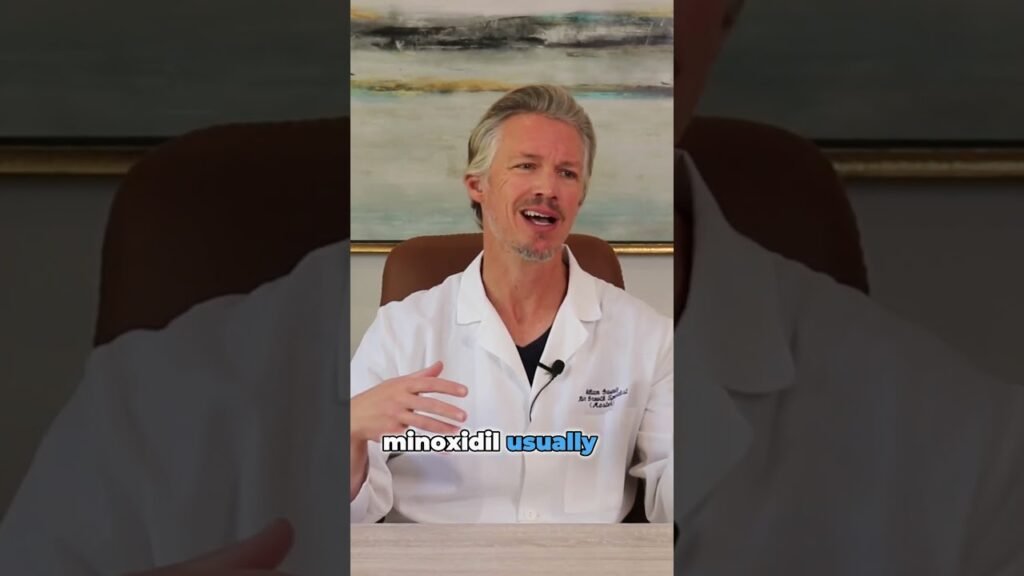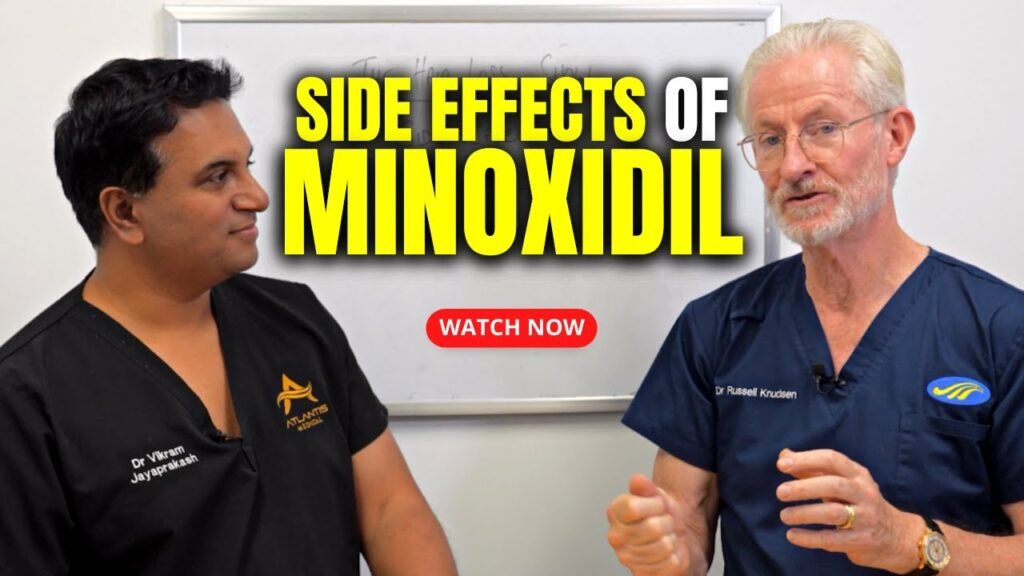Understanding Minoxidil and Its Uses
Minoxidil is a well-known topical treatment primarily used for stimulating hair growth and slowing balding. Originally introduced as an oral medication for high blood pressure, its hair growth side effects led to the development of a topical formulation specifically targeting hair loss. Minoxidil is most commonly available in 2% and 5% concentrations, with the higher concentration being more potent and often recommended for male pattern baldness. Its important to understand that while minoxidil is FDA-approved for treating androgenetic alopecia in both men and women, its efficacy may vary depending on individual response and the extent of hair loss.
How Minoxidil Works
Minoxidils exact mechanism of action in promoting hair growth is not entirely understood, but it is believed to work by prolonging the anagen phase, or the active growth phase, of hair follicles. This vasodilator effect increases blood flow to the hair follicles, providing them with more nutrients and oxygen, which in turn stimulates hair growth. Users typically need to apply the solution or foam directly to the scalp twice daily for several months before noticing visible results. Its crucial for users to maintain consistent application, as stopping treatment can lead to the resumption of hair loss.
Common Uses of Minoxidil
Minoxidil is predominantly used to treat hereditary hair loss, also known as androgenetic alopecia. In men, this often presents as a receding hairline or thinning at the crown, while women may experience overall thinning or widening of the part. Beyond androgenetic alopecia, minoxidil has also been explored for use in other types of hair loss, such as alopecia areata, though its effectiveness in these cases is less well-documented. Its essential for individuals considering minoxidil to consult with a healthcare professional to determine if it is the appropriate treatment for their specific type of hair loss.
Common Allergic Reactions to Minoxidil
Minoxidil, a popular treatment for hair loss, is known for its effectiveness in stimulating hair growth, but it can also cause allergic reactions in some users. Understanding these reactions is crucial for anyone considering or currently using the product. Contact dermatitis is one of the most common allergic reactions associated with minoxidil. This condition occurs when the skin becomes inflamed due to direct contact with the substance. Symptoms often include redness, itching, and a rash at the site of application, which can be uncomfortable and unsightly for the user.
Another frequent allergic response is irritant dermatitis, which, although similar to contact dermatitis, is caused by irritation rather than a true allergy. This reaction can result in burning, stinging, or a tingling sensation on the scalp. Its essential to differentiate between these reactions, as irritant dermatitis is usually less severe and may resolve with adjustments in the frequency or quantity of minoxidil application. In some cases, using a lower concentration of the product or switching to a foam formulation can help mitigate these symptoms.
In rare cases, users may experience more severe allergic reactions, such as facial swelling or difficulty breathing, which require immediate medical attention. These symptoms can indicate a systemic allergic reaction, which, although uncommon, is a serious condition that necessitates discontinuation of the product and consultation with a healthcare professional. Individuals with a known allergy to any of the ingredients in minoxidil should avoid using the product altogether to prevent these adverse reactions. Being aware of these potential allergic responses can help users make informed decisions about their hair loss treatment options.
How to Identify an Allergic Reaction to Minoxidil
Understanding how to identify an allergic reaction to Minoxidil is crucial for anyone using this popular hair growth treatment. Minoxidil, while effective for many, can cause adverse reactions in some individuals. Recognizing these symptoms early can prevent more severe complications. Common signs of an allergic reaction may include itching, redness, or a rash at the site of application. These symptoms can often be mistaken for mild irritation, but if they persist or worsen, it could indicate an allergic response.
Severe Allergic Reaction Symptoms
In more severe cases, an allergic reaction to Minoxidil may manifest through symptoms that affect other parts of the body. Swelling of the face, lips, or tongue, as well as difficulty breathing, are serious signs that require immediate medical attention. Additionally, if you experience dizziness, fainting, or a rapid heartbeat, it is essential to seek emergency care. These symptoms can indicate a more serious systemic reaction, which, although rare, necessitates prompt intervention.
Monitoring and Action Steps
To effectively monitor for allergic reactions, it is advisable to conduct a patch test before using Minoxidil extensively. Apply a small amount of the product to a discreet area of the skin and observe for any adverse reactions over 24 to 48 hours. If any signs of an allergic reaction appear, discontinue use immediately and consult a healthcare professional. Documenting any symptoms you experience can also be helpful when discussing your situation with a doctor, as it provides a clearer picture of the reaction and its severity.
Preventative Measures to Avoid Minoxidil Allergic Reaction
To minimize the risk of experiencing an allergic reaction to minoxidil, it is crucial to take several preventative steps. Patch testing is one of the most effective ways to determine if you might be allergic to this topical medication. Before applying minoxidil to larger areas of the scalp, apply a small amount to a discrete area of skin, such as behind the ear or on the inner forearm. Wait for 24 to 48 hours and observe any adverse reactions such as redness, itching, or swelling. If you notice any of these symptoms, it may indicate an allergy, and you should refrain from using the product.
Another important measure is to carefully read the ingredient list of the minoxidil product you plan to use. Some formulations contain additional ingredients such as alcohol or propylene glycol, which can also trigger allergic reactions in sensitive individuals. Opt for formulations that are free from these potential irritants if you have a history of allergies or sensitive skin. Consulting with a dermatologist can provide personalized recommendations on which minoxidil formulation might be safest for your skin type.
In addition, maintaining proper application techniques can further reduce the risk of allergic reactions. Always apply minoxidil to a clean, dry scalp and avoid over-application, which can increase skin sensitivity. It is advisable to wash your hands thoroughly after application to prevent transferring the product to other sensitive areas such as the eyes or face. By following these preventative measures, you can significantly decrease the likelihood of an allergic reaction while using minoxidil for hair growth.
Alternative Treatments to Minoxidil for Hair Loss
For those seeking options beyond Minoxidil, several alternative treatments for hair loss can be considered. One popular choice is finasteride, an oral medication that works by inhibiting the production of dihydrotestosterone (DHT), a hormone linked to hair loss. Finasteride is particularly effective for male pattern baldness and is often recommended as a complementary treatment to Minoxidil or as a standalone solution.
Natural Remedies
Natural remedies have also gained attention as viable alternatives. Saw palmetto is a plant extract believed to block the enzyme responsible for converting testosterone into DHT, similar to finasteride but with fewer side effects. Additionally, essential oils like rosemary and peppermint oil have been shown to promote hair growth by improving circulation to the scalp. Regular scalp massages with these oils can enhance their effectiveness, providing a holistic approach to hair health.
Low-Level Laser Therapy (LLLT)
Another innovative option is Low-Level Laser Therapy (LLLT), which utilizes laser devices to stimulate hair follicles and encourage growth. This non-invasive treatment has been shown to increase hair density and thickness over time. Devices like laser combs and helmets are available for home use, offering a convenient alternative for those seeking to avoid topical or oral medications. LLLT is suitable for both men and women, making it a versatile choice in the fight against hair loss.


